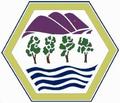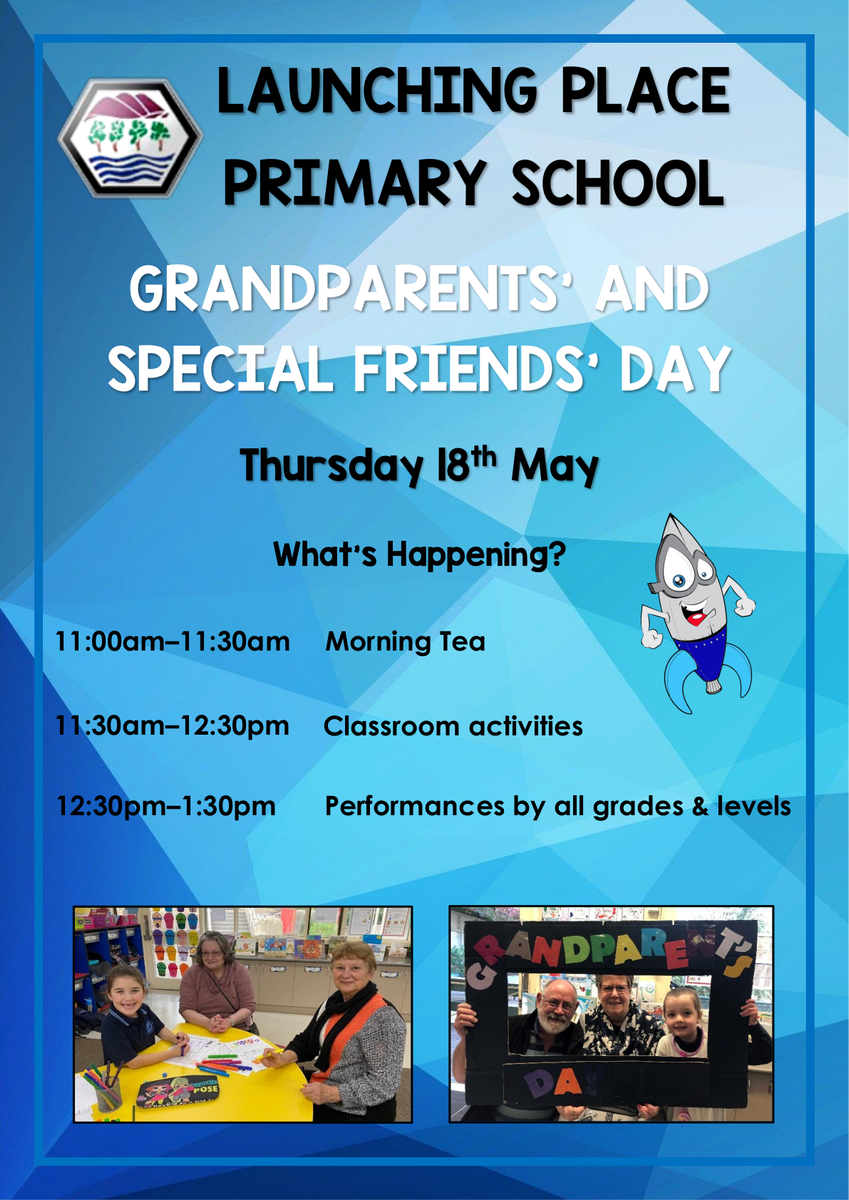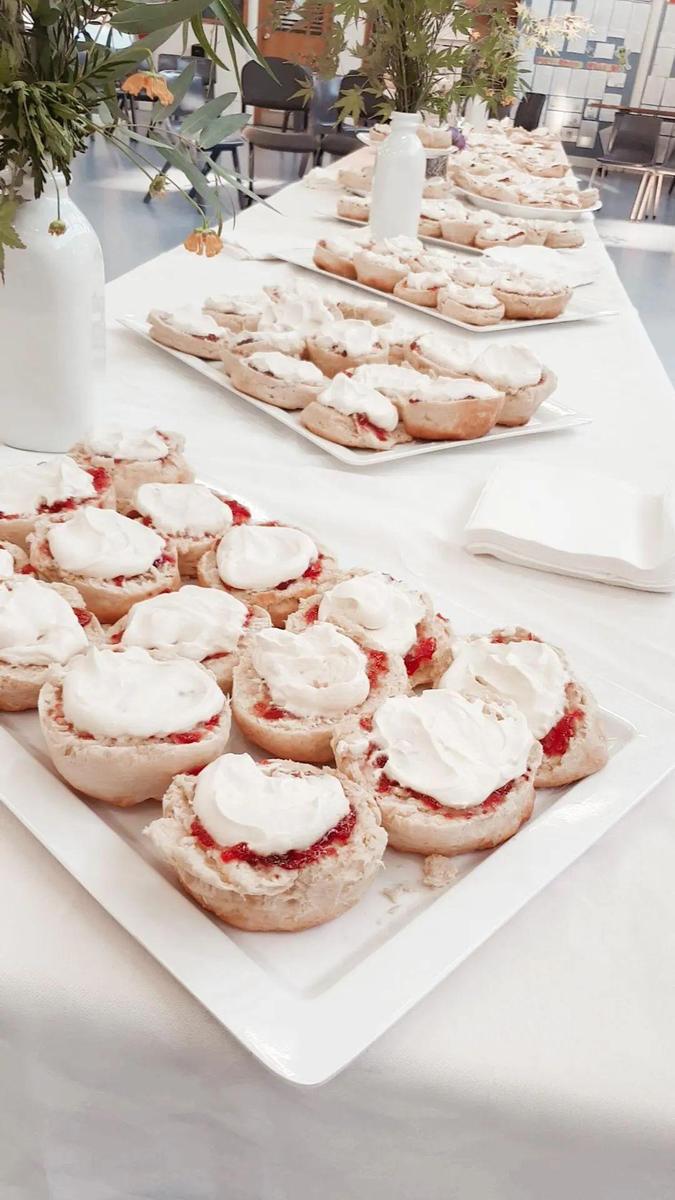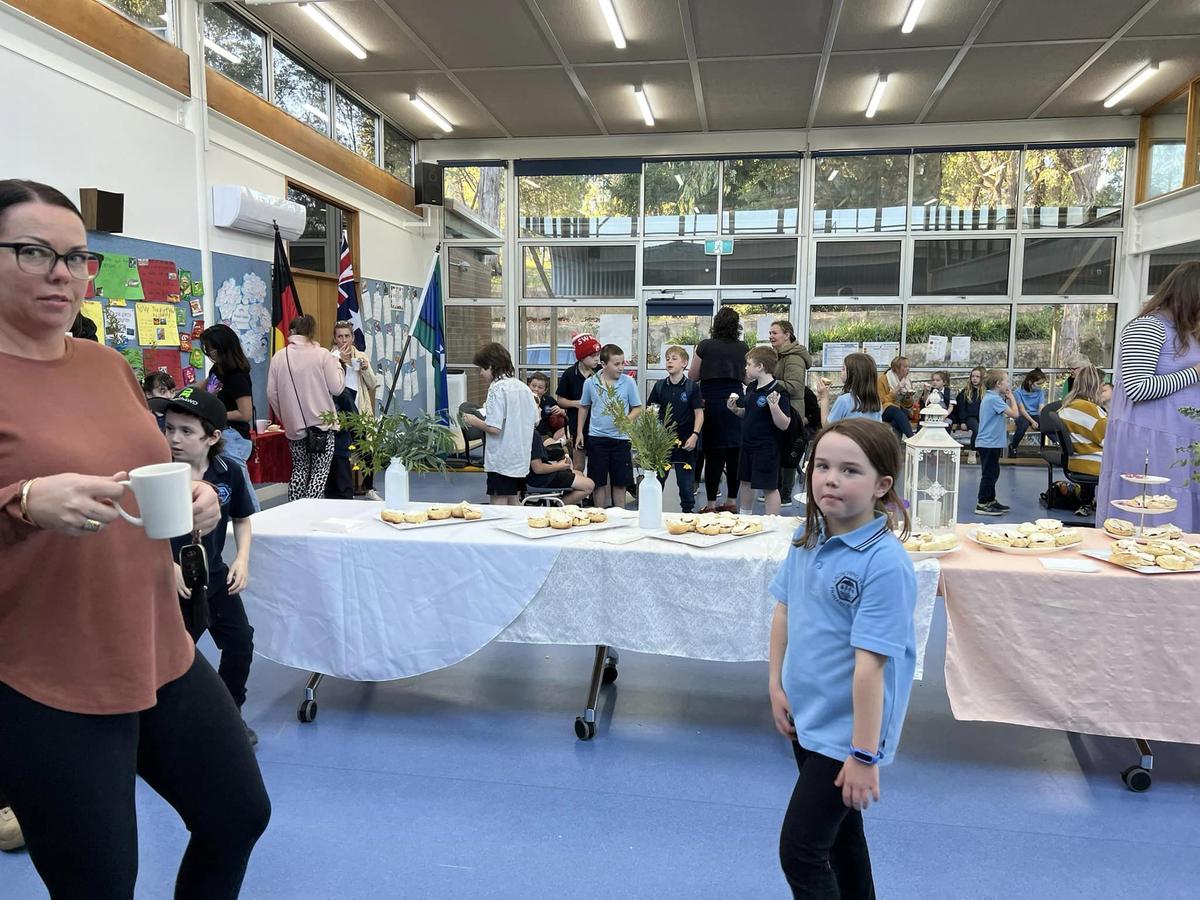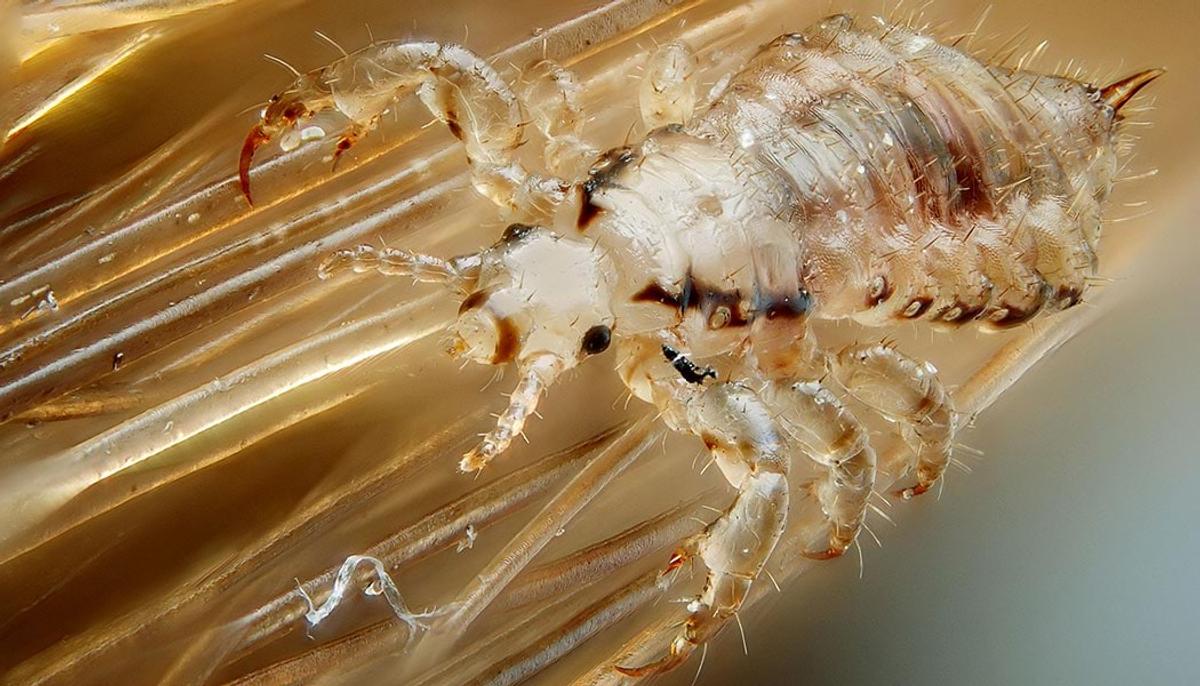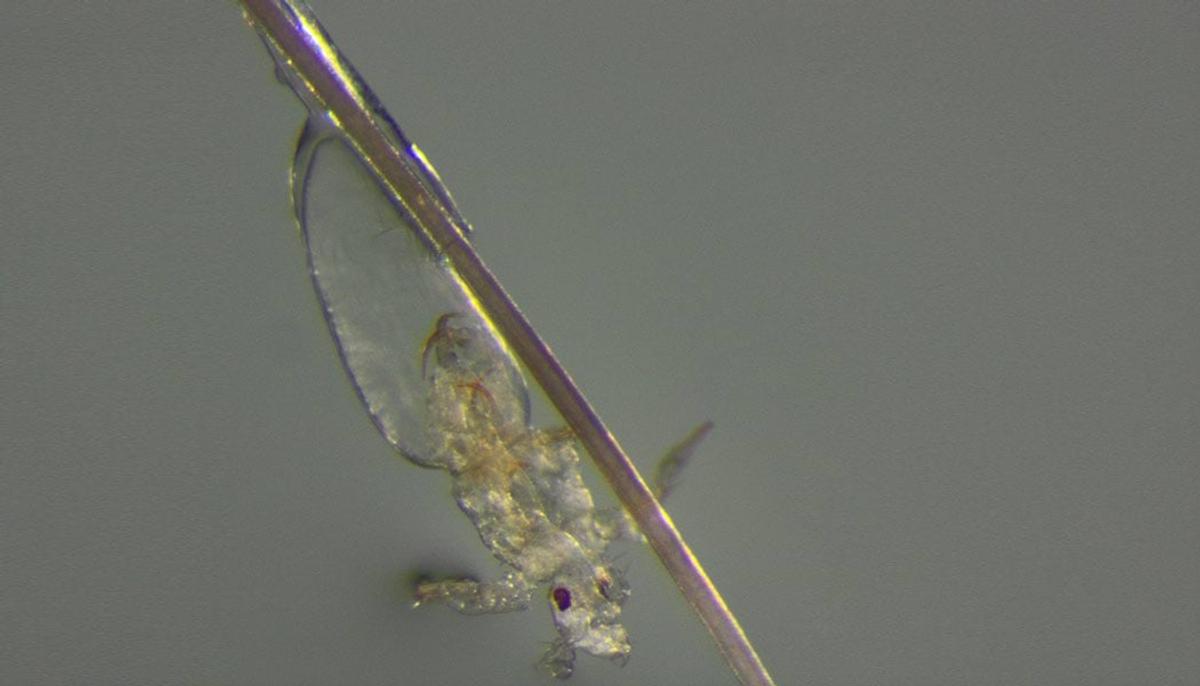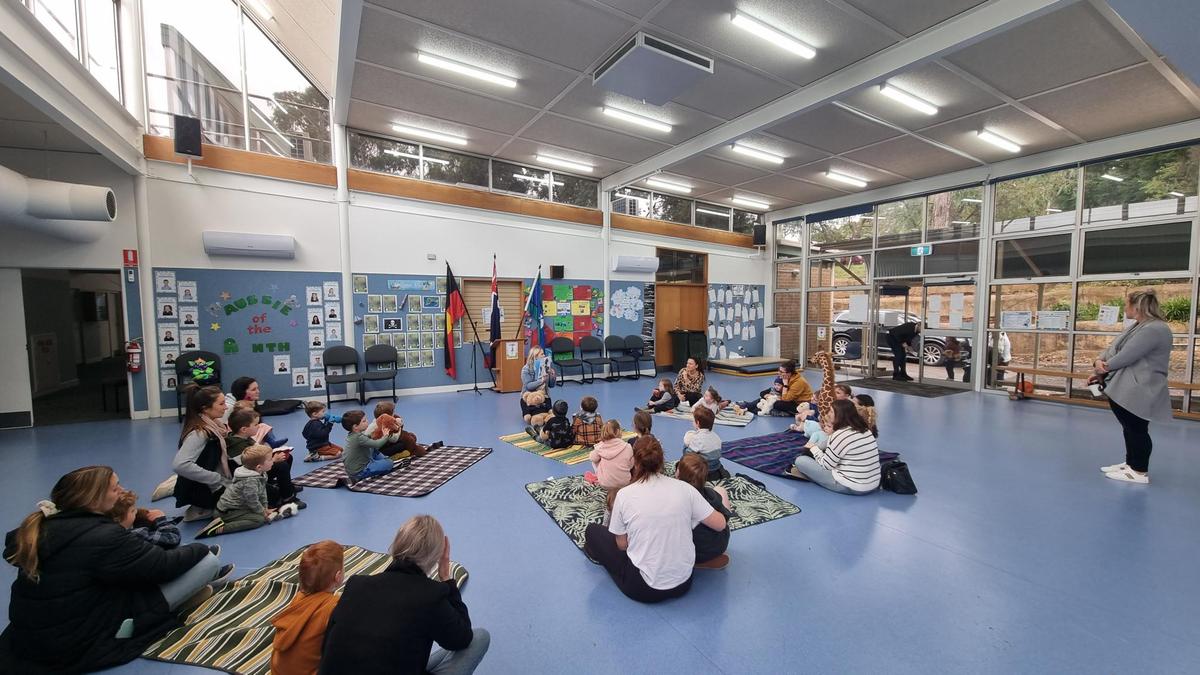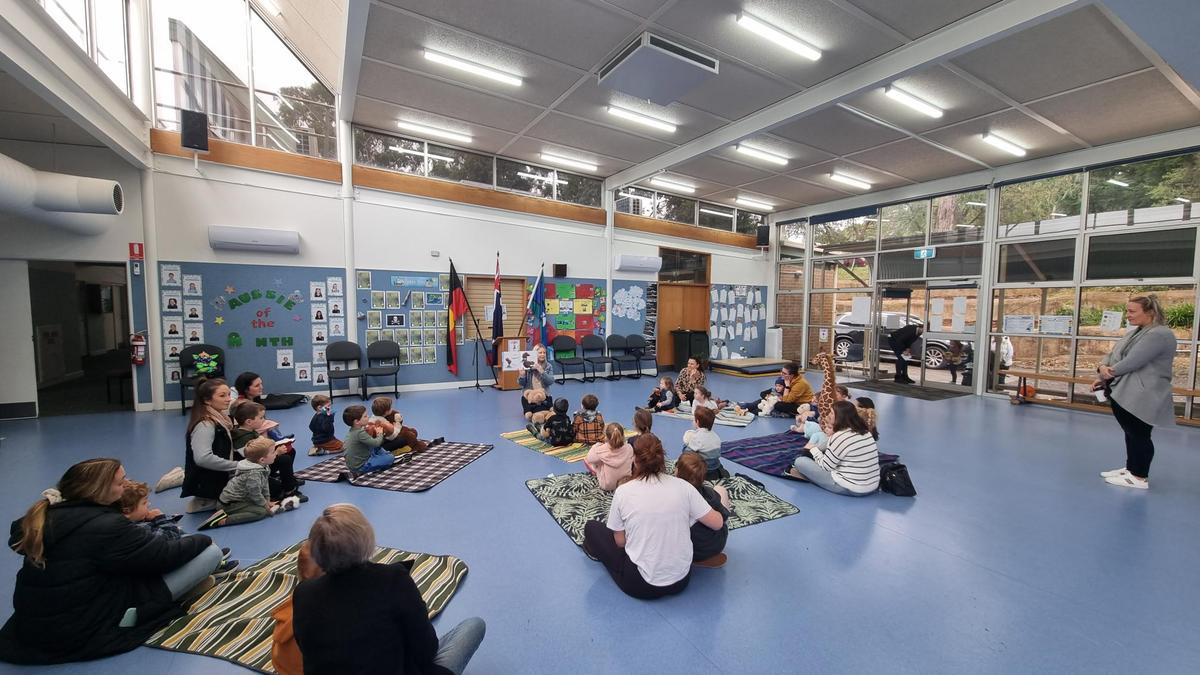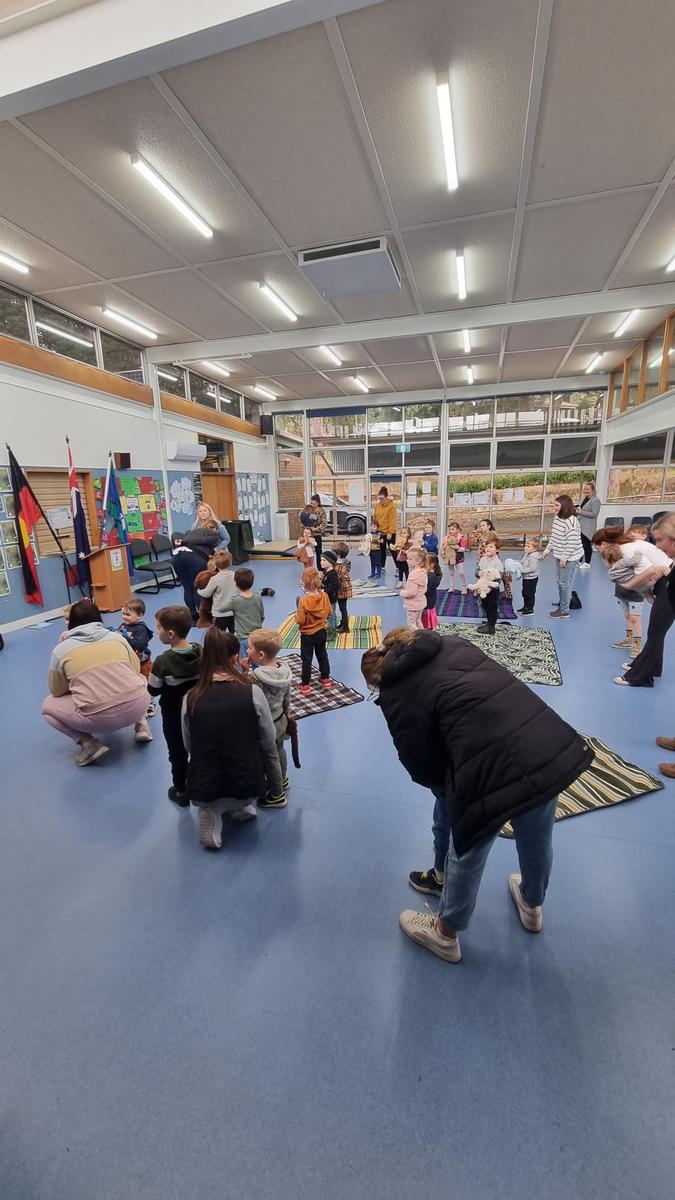Things to know

Virtual Tour
Eligibility for the CSEF
Families holding a valid means-tested concession card or temporary foster parents are eligible to apply. A special consideration category also exists. Schools can receive applications from families by 23 June 2023.
Families can list more than one student in the one application form if they are attending the same school.
School Tours and Prep Enrolments
2024 Prep enrolment
A reminder for all current families with children ready to start Prep next year to please complete an application form .
If you would like more information about our school or you would like a tour, please don’t hesitate to contact us on 59647783.
Education Week 15th -19th May
Beginning with Open Afternoon on Monday 15th
Tuesday 16th May- Teddies bear Picnic
Wednesday 17th May -Incursion 'The Heat'.
Thursday 18th May-Grandparents and Special Persons Day
Friday 19th May- Grades to Visit the Book fair.
Parents & Friends
volunteers are welcome at any time, please contact me if you would like to know more about what we do and where you could help. There are 2 meetings per Term and we work collectively to share roles and responsibilities; many hands make light work and create more magic! ✨
Ali P
President, LPPS Parents & Friends Association, Mum of Charlotte & Ruby,
Chaplain
Our school Chaplain Chezelle Conroy is very happy to speak with students.
If you would like your child to see Chezelle please complete a form at the office in order to get the process happening. Thank you.
State School Relief
We can help families who are experiencing financial hardship to purchase school uniform. Please email the school email:
launching.place.ps@education.vic.gov.au
Mother's & Special Friends Day Afternoon Tea & Scones.
It was so nice to see so many turn up for the Mother's & special friends Day afternoon tea celebrations. The Tea & Scones were very delicious and very big. We hope you all had a wonderful day last Sunday.
Compass
Just a friendly reminder with Compass events payment and permissions are much preferred through Compass portal. if you are having any issues with passwords please contact Audrey in the office and i am happy to assist you.
Head Lice
Head lice facts
A female louse lays 3 to 8 eggs (nits) per day. The eggs are firmly attached to the hair fibres, within 1.5 cm of the scalp, and rely on warmth from the head to hatch. Head lice do not have wings or jumping legs, so they cannot fly or jump from head to head. They can only crawl.
People catch head lice from direct head-to-head contact with another person who has head lice. This can happen when people play, cuddle or work closely together. Head lice are most common among children and their families.
If your family has head lice, tell anyone who has had head-to-head contact with them, so that they can check and treat their family if needed. There is no need to treat the whole family, unless they also have head lice.
Concentrate on treating the affected person’s head. There is no evidence to suggest that you need to clean the house or the classroom. The only linen that requires changing is the affected person’s pillowcase. Wash it in hot water (60 ºC) or dry it in a clothes dryer set to warm or hot.
Itchiness may not disappear immediately after treatment. Persistent itch without evidence of persistent infection is not a reason to repeat the treatment. There are other reasons why your scalp might feel itchy.
Finding head lice
Some people who have a head lice infestation do not itch. It is possible to have head lice and not feel the need to scratch your head. This means that absence of itch is not a reliable sign that you do not have head lice.
If you suspect someone might have been exposed to head lice you will need to closely inspect that person’s hair and scalp.
So what are you looking for? Head lice eggs are oval, and the size of a pinhead. They are firmly attached to the hair shaft and cannot be brushed off. (A live egg will make a ‘pop’ sound if you crush it between your fingernails.)
A louse is a small, wingless, whitish-brown to reddish-brown insect. They have 6 legs, which end in a claw. Like this:
The easiest and most effective way to find head lice is to use the conditioner and comb treatment weekly. This includes:
- Step 1. Comb hair conditioner onto dry, brushed (detangled) hair. This makes it difficult for lice to grip the hair or run around.
- Step 2. Thoroughly comb sections of the hair with a fine tooth head lice comb.
- Step 3. Wipe the conditioner from the comb onto a paper towel or tissue.
- Step 4. Look on the tissue and on the comb for lice and eggs.
- Step 5. Repeat the combing for every part of the head at least 4 or 5 times.
- Step 6. If lice or eggs are found, the person should be treated.
Note: If the person has been treated recently and only hatched eggs are found, you may not have to treat them again, since the eggs could be from the old infection. A hatched egg looks like an egg with its top cut off:
Treatment for head lice
The 2 preferred treatment options available for initially treating head lice are the ‘conditioner and comb’ method, and the use of an insecticide.
Using insecticide products
Any head lice treatment product you choose should carry an Australian Registered (AUST R) or Australian Listed (AUST L) number on the outer packaging. These numbers show that the product is accepted by the Therapeutic Goods Administration for supply in Australia.
If you use a lotion, apply the product to dry hair. For shampoo products, wet the hair, but use as little water as possible.
Head lice live in the hair and go to the scalp to feed. Therefore, head lice products must be applied to all parts of the hair.
Once the treatment has been done according to the instructions on the packet, comb through the hair again with the fine tooth head lice comb. This will help to remove the dead eggs and lice, and possibly any eggs still living.
This is also a good time to check whether the removed lice have been killed by the treatment or are still alive. (If they are still alive this probably means that they are resistant to the insecticide.)
Care should be taken when using head lice treatment products:
- if you are pregnant or breastfeeding
- in children less than 12 months old
- in people who have allergies, open wounds on the scalp, or asthma.
All products can cause reactions. If you are unsure, check with your pharmacist or doctor.
No topical insecticide treatment kills 100% of the eggs, so treatment must involve 2 applications, 7 days apart. (This kills the lice that hatched from the eggs that didn’t die the first time around.)
If you choose not to use an insecticide, the comb and conditioner method described above can be used every second day until no live lice have been found for 10 days.
Insecticide resistance
Insecticide resistance is common, so you need to check that the lice you comb out are dead. If the insecticide has worked, the lice will be dead within 20 minutes. If the lice are not dead, the treatment has not worked and the lice are resistant to the product and all products containing the same active compound.
The active compounds in head lice products are:
- pyrethrins
- synthetic pyrethroids (permethrin, bioallethrin)
- organophosphates (maldison or malathion)
- herbal, with or without natural (non-chemical) pyrethrins.
If a product with one of these active compounds has not worked for you, you can try another, or speak to your pharmacist or doctor.
Treatment failures
If the initial treatments have failed and live lice are still being removed with the conditioner and comb treatment, see your doctor for a referral to a dermatologist for specialist treatment.
A dermatologist may prescribe ivermectin. This is a tablet taken twice, 7 days apart. It is highly effective in treating head lice.
Fun fact: The Nobel Prize for Medicine and Physiology in 2015 was awarded for the discovery of this family of medications.
Head lice combs
Head lice combs with long rounded stainless steel teeth, positioned very close together, are the most effective. However, any head lice comb can be used. A plastic head lice comb is often provided when you buy a head lice insecticide product (in the packet with the shampoo or lotion).
Preventing head lice
There is no product available that prevents head lice. However, tying long hair back and checking weekly for lice, using the conditioner and comb method, can help prevent the spread
Teddy's Bear Picnic
What a Teddy Bears’ Picnic! Thanks to our 2024 Preps, some new little friends and their families who came along. Despite the we had a blast.
